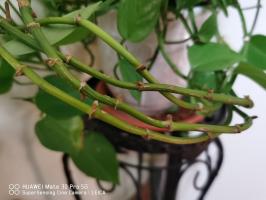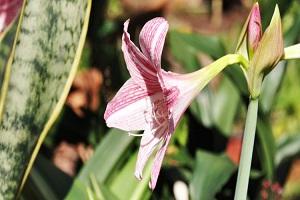Introduction
Watering plants is an essential process in maintaining a healthy garden. However, the amount of water used in the process is often overlooked, leading to environmental consequences. In this article, we will explore the question of "how much water is used in watering plants in gallons" and its impact on the environment.
The Amount of Water Plants Need
The amount of water plants need varies depending on the type of plant, soil, and location. Generally, plants require one inch of water per week, which can be achieved through rainfall or watering. However, this amount may increase or decrease depending on the weather conditions, soil composition, and plant size. It is crucial to monitor the moisture levels and adjust the watering accordingly to prevent over or under watering the plants.
The Environmental Impact of Watering Plants
Watering plants can have significant environmental impacts, primarily if done incorrectly. Overwatering plants can lead to water wastage, soil erosion, and nutrient leaching, which can harm aquatic life and lead to water pollution. Additionally, using excessive water for watering plants can increase the demand for water, which can strain the already limited resources in arid regions. Thus, it is crucial to consume water judiciously and adopt sustainable practices to minimize the environmental impact of watering plants.
Methods to Conserve Water While Watering Plants
There are several ways to conserve water while watering plants, such as:
Water plants early in the morning or late in the evening to prevent evaporation.
Use a watering can or drip irrigation system to avoid water wastage.
Collect rainwater in a barrel and use it for watering plants.
Add organic matter to the soil, such as compost or mulch, to increase moisture retention.
Calculating the Amount of Water Used for Watering Plants
To calculate the amount of water used for watering plants, you need to determine the water flow rate of your watering system and the duration of watering. For example, if your hose has a flow rate of 2 gallons per minute and you water your plants for 20 minutes, you would use 40 gallons of water for that session. To achieve an accurate estimate, it is essential to measure the flow rate and the watering duration accurately.
Conclusion
In conclusion, the amount of water used in watering plants can have significant environmental impacts, and it is essential to consume water sustainably. By following conservation methods and monitoring the moisture levels, you can decrease the amount of water used for watering plants while maintaining the health of your garden. With a little effort and attention, we can contribute to preserving the planet's water resources.

 how many times do yo...
how many times do yo... how many planted tre...
how many planted tre... how many pine trees ...
how many pine trees ... how many pecan trees...
how many pecan trees... how many plants comp...
how many plants comp... how many plants can ...
how many plants can ... how many plants and ...
how many plants and ... how many pepper plan...
how many pepper plan...































